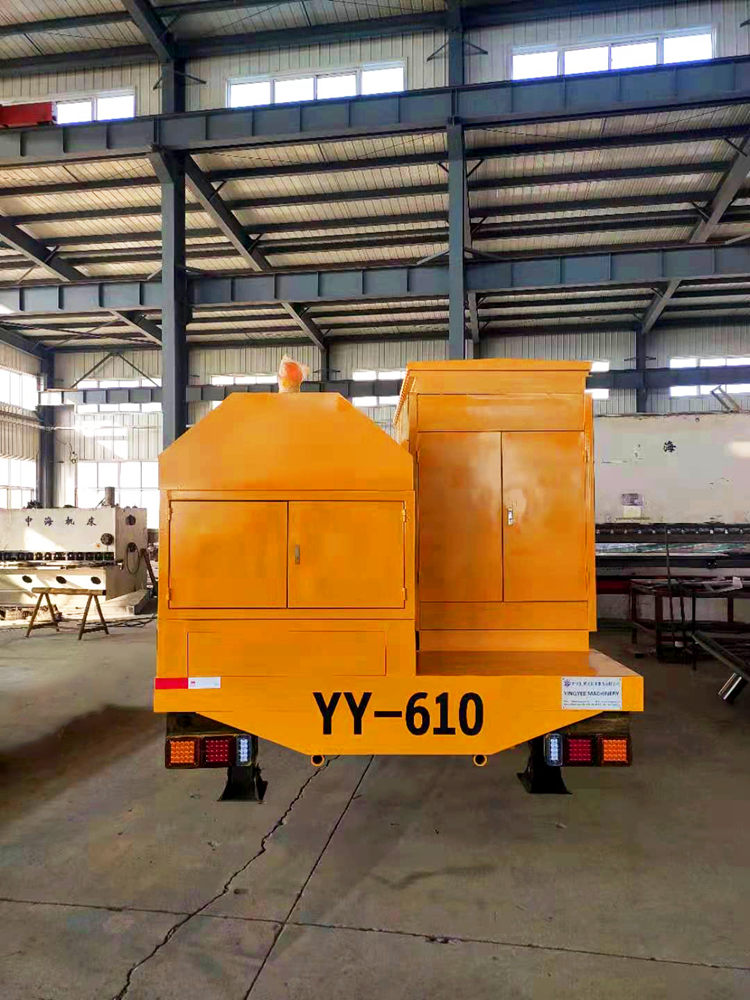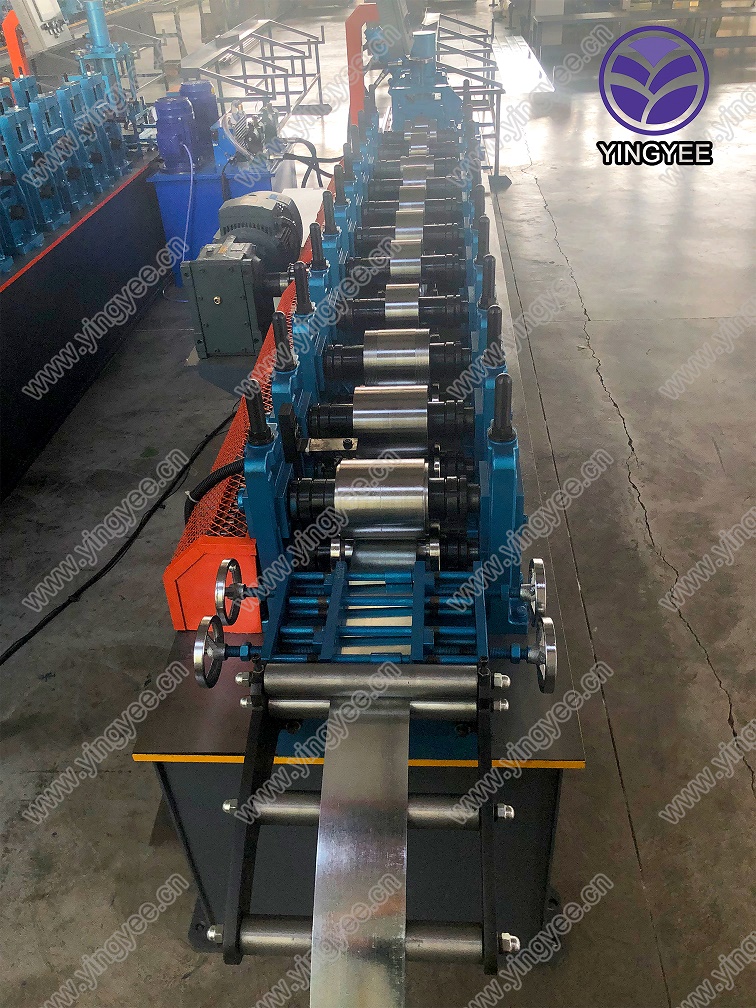
(steel slitting line)
Within the metals manufacturing sector, a steel slitting line serves as the backbone for efficient material processing. These lines are engineered to convert wide coils of steel into narrower coils, precisely matching downstream requirements in automotive, appliance, and construction industries. Given the surge in demand for lightweight, high-strength steels, more than 75% of steel coils worldwide are processed through advanced slitting lines before reaching their final market applications.
Notably, the global slitting equipment market was valued at over USD 1.45 billion in 2023 and is expected to grow at a CAGR of 3.2% through 2030, reflecting robust demand for precision and automation. The adaptability of steel slitting lines ensures minimal material wastage, faster throughput, and compliance with increasingly stringent quality standards. Investing in high-performance machines can reduce labor costs by up to 18% and improve accuracy parameters by 1.5-2 times compared to manual processes.
Besides productivity, advanced steel coil slitting line machines positively impact workflow integration, supporting higher inventories and rapid changeovers—a crucial capability for manufacturers addressing market volatility or custom order spikes.
Recent leaps in electromagnetic clutch control, servo-driven cutters, and automated scrap handling have revolutionized the steel coil slitting line machine landscape. These innovations deliver higher cut precision, improved edge quality, and advanced safety features.
Modern lines are designed to handle a vast array of materials—including low/high carbon steel, stainless steel, tinplates, and even advanced alloys—across thickness ranges of 0.2 mm to 8 mm and coil widths up to 2,000 mm. State-of-the-art monitoring systems continuously analyze strip quality, allowing real-time adjustments that maintain tolerance deviations below ±0.05 mm.
Additionally, energy-efficient drive systems have reduced operational power consumption by almost 21% since 2018, offering significant savings. Whereas legacy models might process up to 30 m/min, best-in-class options now achieve speeds exceeding 150 m/min while maintaining critical surface integrity and reduced burr formation. These strides amplify output, reduce downtime, and lower total cost of ownership.
Selecting the right steel coil slitting line involves a close evaluation of machine attributes, performance results, and after-sales support. Below, key global manufacturers are compared across critical parameters. This data offers actionable insights for companies aiming to match investment with immediate and long-term operational goals.
| Manufacturer | Max Coil Width (mm) | Max Speed (m/min) | Min/Max Thickness (mm) | Annual Installed Units | Warranty | Energy Efficiency (kWh per ton) | Global Service Network |
|---|---|---|---|---|---|---|---|
| Primetals Technologies | 2,100 | 180 | 0.2 - 8.0 | 98 | 24 mos | 10.3 | 60+ countries |
| Danieli Automation | 2,000 | 150 | 0.3 - 6.5 | 85 | 18 mos | 12.1 | 50 countries |
| Andritz Metals | 1,800 | 120 | 0.2 - 6.0 | 67 | 24 mos | 11.8 | 40+ countries |
| Jiacheng Machinery | 1,600 | 100 | 0.3 - 4.0 | 60 | 12 mos | 13.7 | Asia, ME, EU |
As demonstrated, Primetals Technologies leads in coil width capacity and speed, offering an extensive service network for seamless global support. Danieli Automation and Andritz Metals specialize in versatile thickness ranges and have strong reputations for durability, while Jiacheng Machinery offers competitive pricing and specialized regional service. The energy consumption figures highlight ongoing efforts to boost efficiency across the board.
To address unique production targets and facility layouts, manufacturers are increasingly offering bespoke steel coil slitting line machine configurations. This customization spans modular machine length, decoiler/rewinder automation, high-precision edge trimming, laser-assisted alignment, and real-time process analytics—all seamlessly integrated with existing ERP or MES systems.
Flexible automation is a game-changer, especially for converters handling frequent gauge or width changes. For example, solutions like quick-change tooling systems can reduce setup times by up to 45%, directly impacting operational efficiency. Advanced digital interfaces provide maintenance alerts, consumable tracking, and remote troubleshooting, empowering staff with actionable data.
Additionally, niche options—such as ultra-high-strength steel processing or surface-sensitive coating compatibility—enable businesses to pursue lucrative value-added markets, such as the EV battery enclosure sector or specialty appliance fabrication.
The versatility of modern slitting lines is best illustrated through case studies from diverse manufacturing sectors. In 2023, a major automotive supplier leveraged an automated steel slitting line to supply custom widths for electric vehicle chassis fabrication. The client reported a 27% reduction in scrap and a 30% improvement in just-in-time delivery metrics.
Another notable scenario involved a steel service center processing 500,000 tons annually. After upgrading to a high-speed, servo-controlled slitting line, their throughput improved by 50%, with material handling incidents dropping to near zero. Table below summarizes recent deployments:
| Application | Annual Processed Volume | Key Outcomes | ROI Period |
|---|---|---|---|
| EV Chassis Fabrication | 110,000 tons | 27% less scrap, 30% faster delivery | 22 months |
| Building Materials Supplier | 250,000 tons | Consistent thickness, 99.7% uptime | 18 months |
| Steel Service Center | 500,000 tons | 50% throughput increase, 99.95% accuracy | 16 months |
These cases demonstrate the critical role advanced steel coil slitting line systems play in boosting productivity and competitive agility, while at the same time reducing environmental impact and resource waste.
To maximize lifespan and minimize unplanned outages, proactive maintenance regimens for steel slitting line machines are essential. Automated lubrication systems and predictive analytics now flag wear signatures long before failure, which can decrease unplanned downtime by 35%.
Safety is enhanced through integrated interlock systems, emergency stop protocols, and robust guarding—leading to a 40% reduction in workplace incidents industry-wide since 2016. Operators undergo comprehensive training covering quick diagnostic routines, regular blade alignment, and critical component monitoring.
In addition, best practices now recommend digital logbooks and cloud-based performance dashboards, supported by OEM-grade spare part programs. Over the lifetime of a typical slitting line, diligent adherence to these principles can result in cost savings upwards of USD 200,000, protected asset value, and greater process consistency.
Strategic adoption of advanced steel slitting line technology is redefining the possibilities of modern manufacturing. The integration of smart automation, customizable design, and data-driven performance monitoring positions businesses to outpace competitors in delivery, quality, and operational efficiency.
Looking ahead, industry leaders will continue to invest in eco-friendly processes, AI-powered optimization, and cyber-secure productions, maintaining compliance and profitability. Ultimately, a robust steel coil slitting line machine is not just an equipment investment—it is a lever for growth, adaptation, and sustainable excellence. By leveraging the right machine tailored to specific operational needs, companies set themselves apart in a dynamic global supply chain.

(steel slitting line)